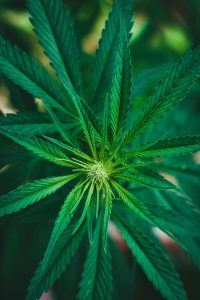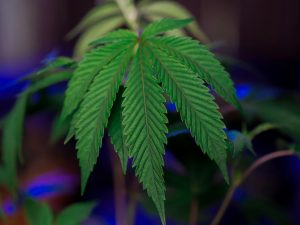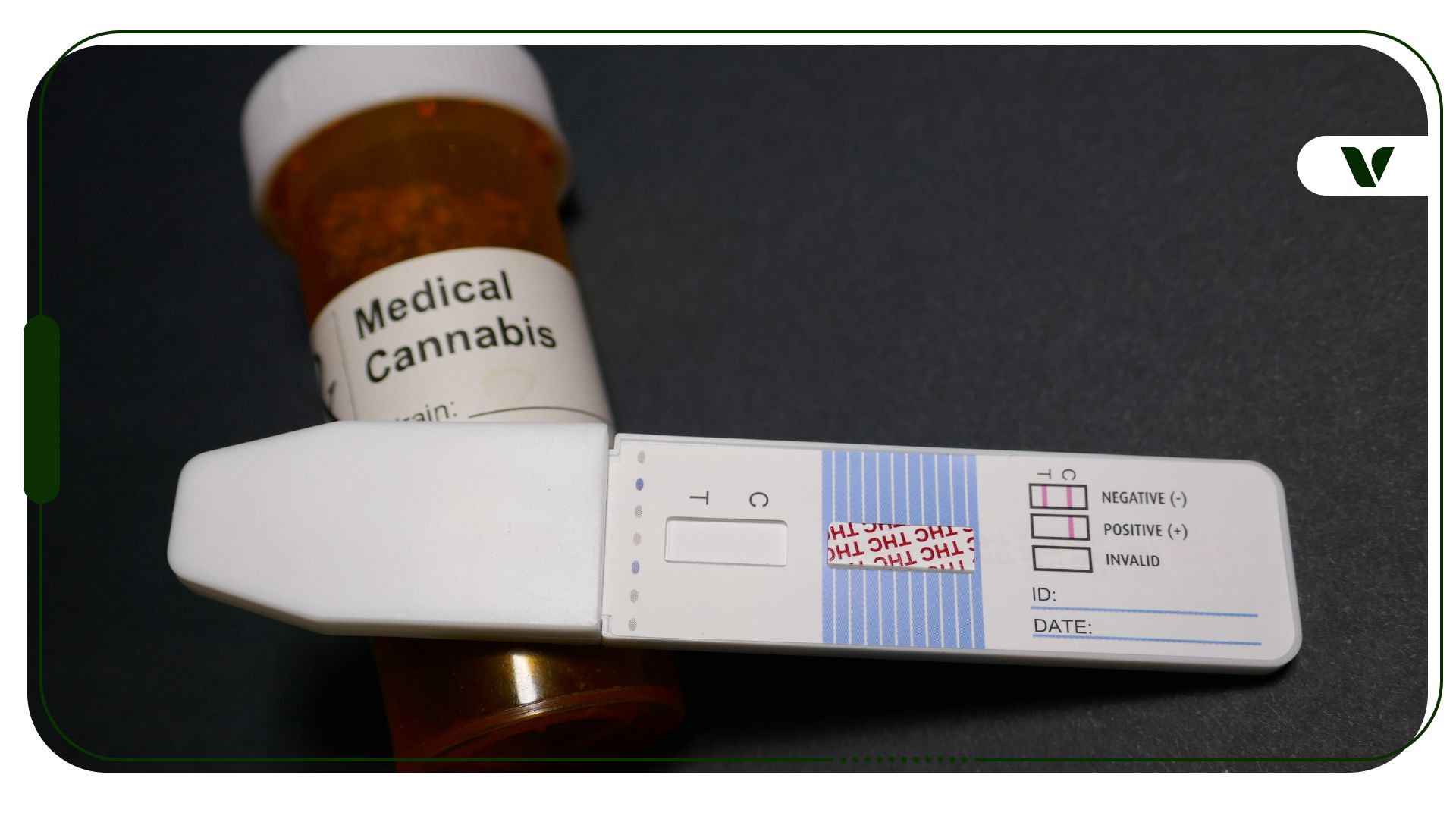Educational only—this isn’t medical or legal advice. Everyone’s body responds differently; start low and go slow.
What’s the Difference Between Indica, Sativa, and Hybrid Strains?
Historically, indica and sativa described how cannabis plants look and grow:
- Indica: Shorter, bushier plants with broader leaves; traditionally from cooler, mountainous regions.
- Sativa: Taller plants with narrower leaves; traditionally from warmer, equatorial regions.
In modern dispensaries, those labels are used as shorthand for effects, but today’s products are overwhelmingly hybrids. The chemistry—tetrahydrocannabinol/cannabidiol (THC/CBD) ratio plus terpenes (aromatic compounds like myrcene, limonene, linalool, pinene, and caryophyllene)—does more to shape your experience than the label alone.
Quick “Indica vs. Sativa vs. Hybrid” Chart (Generalizations, not rules)
| Category |
Typical plant look |
THC/CBD tendency* |
Common terpenes (examples) |
Reported vibes** |
When people use it |
| Indica |
Short/bushy, broad leaves |
Often THC-forward; CBD can vary |
Myrcene, linalool, caryophyllene |
Body-heavy, calm, “wind-down” |
Evenings, comfort, before bed |
| Sativa |
Tall, narrow leaves |
Often THC-forward; CBD can vary |
Limonene, pinene, terpinolene |
Uplifted, heady, “get-things-done” |
Daytime, creative tasks |
| Hybrid |
Mixed traits |
Anything from CBD-forward to high-THC |
Blend depends on cultivar |
Balanced or targeted effects |
Flexible—depends on goal |
*Ratios vary widely; check the product’s lab results (COA).
**Effects are anecdotal and dose-dependent—your experience may differ.

What Are the Common Effects of Indica Strains?
Many people associate indica with a body-relaxing, settling vibe. Products rich in myrcene (often described as musky/earthy) and linalool (floral) are frequently chosen for evening wind-downs. Some report heavier sensations and a strong “couch-lock” at higher THC doses.
Keep in mind:
- Dose matters—too much THC can feel foggy or uncomfortable.
- Terpenes steer the tone; a myrcene-heavy product can feel more sedating than a limonene-heavy one at the same THC level.
What Are the Common Effects of Sativa Strains?
Sativa-leaning products are often described as brighter, buzzy, or more energizing—the kind of vibe people reach for when they want to be social, brainstorm, or power through a to-do list. Chemically, that “lift” is usually linked less to the sativa label and more to the terpene mix (think limonene with a citrusy snap, pinene with a pine-fresh clarity, and sometimes terpinolene for a zippy, sparkling feel) alongside the product’s THC/CBD ratio.
How sativa products can feel (general patterns)
- Mood & motivation: Many users report a brighter outlook, talkativeness, and task motivation—useful for daytime or creative work.
- Head vs. body: The sensation is typically head-forward (clear, alert) rather than heavy or body-melting.
- Focus & flow: Some people find sativa chemovars pair well with planning, light exercise, chores, or collaborative sessions.
- Possible downsides: At higher THC doses, sativas can feel “racy”—faster thoughts, a fluttery chest, or edginess—especially if you’re THC-sensitive or pairing with caffeine.
READ: Health Conditions Treatable By the Indica Strain
Practical tips to dial in your experience
- Match the chemistry to your goal.
Look for labels listing limonene/pinene if you want a crisp lift; if you’re stimulation-sensitive, consider products that include linalool or caryophyllene to round off the edges.
- Mind the THC number.
Very high-THC sativas can feel intense. If you’re newer or anxiety-prone, choose lower THC or a balanced THC:CBD option (e.g., 1:1) for a steadier profile.
- Start low, go slow (formats matter).
- Inhalation: Start with 1–2 small puffs, wait 10–15 min, then reassess.
- Edibles/tinctures: Begin around 1–2.5 mg THC, wait 60–120 min before deciding on more.
Onset and duration differ: inhalation is fast/shorter, edibles are slower/longer.
- Set & setting count.
Try your first session in a calm, familiar place, stay hydrated, and avoid stacking with strong coffee or energy drinks until you know your response.
- Use the COA (lab report).
If available, check the top terpenes and cannabinoid profile. Two “sativas” with different terpene stacks can feel completely different.
- Track what works.
Jot down product name, THC/CBD %, top terpenes, dose, and how you felt. After 3–4 sessions, you’ll spot your sweet-spot pattern.
Bottom line: Sativas are commonly chosen for daytime, creative, and social situations—but your experience comes down to dose + THC/CBD + terpenes + context. Keep it small, observe, and adjust until it reliably fits your routine.
What Is a Hybrid Cannabis Strain?
A hybrid combines indica and sativa lineages to target a specific profile. You’ll often see “indica-dominant,” “sativa-dominant,” or “balanced” on menus. The best way to understand a hybrid is to look at:
- THC/CBD ratio (e.g., 1:1 balanced vs. high-THC)
- Terpene mix (which nudges the experience calming ↔ uplifting)
- Your desired outcome (focus, social ease, relaxation, sleep prep)
Because most modern cultivars are hybrids, think chemovar (chemistry-driven choice) rather than the plant’s family tree.

How to Choose the Right Strain for Your Needs
You’ll get better results by matching chemistry to goals, not just relying on the label.
- Define your goal. Are you aiming for daytime focus, social ease, or an evening wind-down?
- Check THC/CBD. If you’re new or sensitive, consider lower THC (e.g., 5–10 mg per session) or CBD-forward/balanced formulas.
- Scan the terpenes.
- Calming/night: Myrcene, linalool, sometimes caryophyllene
- Daytime/uplift: Limonene, pinene, terpinolene
- Pick your format wisely.
- Inhalation: Faster onset (minutes), shorter duration—easier to “dose-find.”
- Edibles/tinctures: Slower onset (30–120 min), longer duration—start low and wait.
- Track your outcomes. Note product name, THC/CBD, terpene top-3, dose, time, and how you felt. Patterns appear quickly.
- Mindset & setting. Hydration, food, and your environment affect your experience.
- Go slow. Add small amounts over time; more isn’t always better.
Frequently Asked Questions
Indica vs Sativa vs Hybrid
Indica, sativa, and hybrid are category labels, but your experience is driven more by THC/CBD ratios and terpenes than by the label alone.
Difference between indica and sativa
Indica and sativa differ historically in plant shape and origin; in stores, they’re used as shorthand for calming vs. uplifting, though modern products are mostly hybrids and can blur those lines.
Sativa vs Indica for anxiety
People who are THC-sensitive sometimes report increased tension with very high-THC sativas, while CBD-forward or balanced options and calming terpenes (e.g., linalool, myrcene, caryophyllene) are often chosen for a gentler feel; your response may differ.
Sativa vs Indica for sleep
Many choose indica-leaning or myrcene/linalool-rich products in the evening because they feel more settling; dose, timing, and your own biology make a big difference.
Hybrid cannabis strains
Hybrid strains combine indica and sativa genetics to target specific effects; read the lab results to understand THC/CBD and terpenes before you decide.
Best strain for anxiety
There isn’t a single “best” strain; people often start with lower THC, CBD-forward or balanced options, and calming terpenes, then adjust dose and timing based on personal response.
Sativa vs Indica effects
Sativas are often described as more uplifting/active, and indicas as more relaxing/sedating—but the actual effects depend on dose, THC/CBD, and terpene profile more than the label.
Author, Share & Comments













